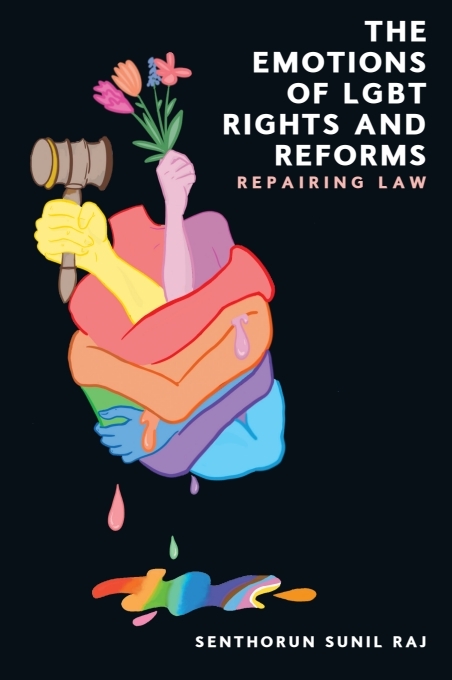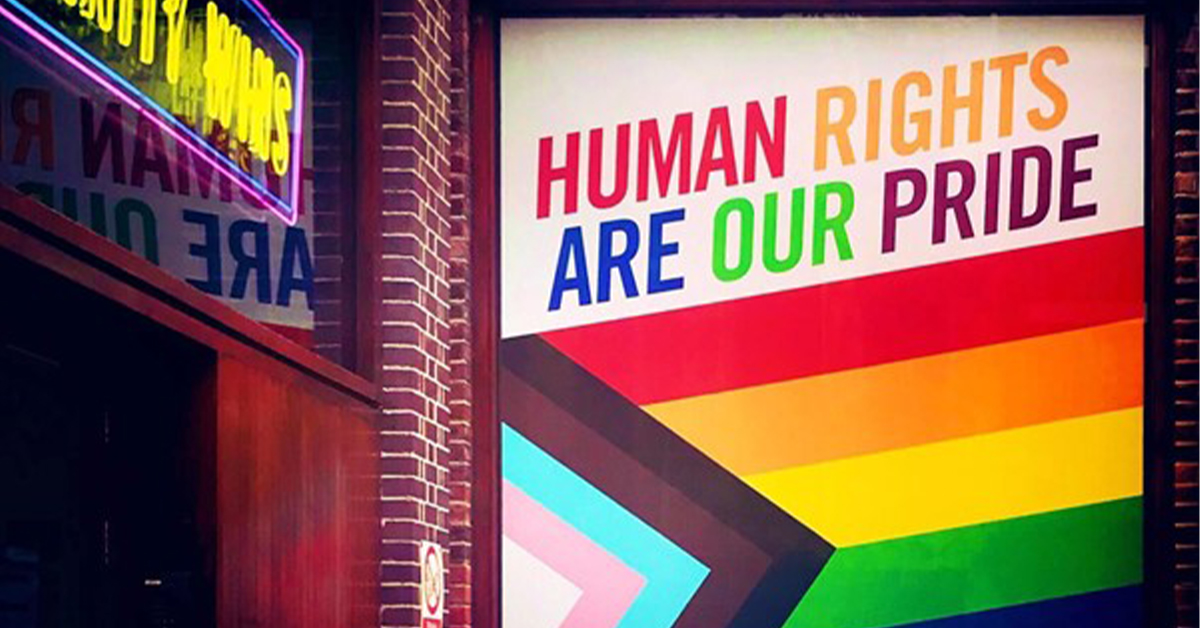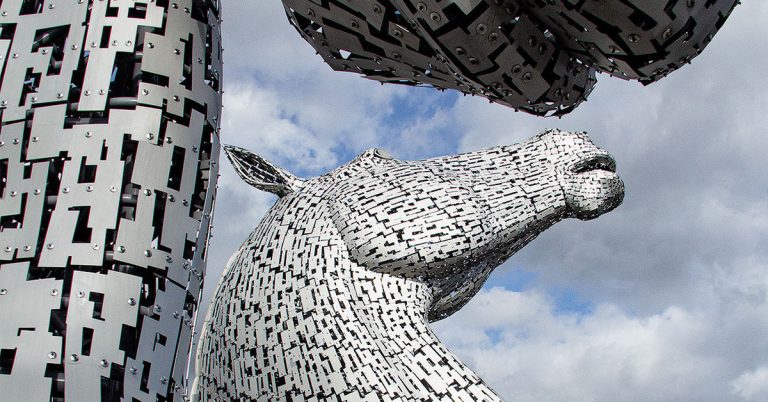
by Senthorun Raj

The Emotions of LGBT Rights and Reforms: Repairing Law offers a critical study of how emotions structure legal conflicts over LGBT rights
Do I feel proud? This was a question I reflected on recently while gathered with several sweaty bodies on the streets of Washington DC for World Pride. In the midday heat, among a crowd of thousands, the pink, blue, purple, yellow glitter began to trickle slowly down my face. The messiness of that sparkle reflected the rainbow of emotions I felt. I oscillated between joy, grief, anger, resentment, shame and pride. Down the road from where I stood, the most powerful government in the world was vilifying and caricaturing lesbian, gay, bisexual, transgender (LGBT) communities as ‘agendas’ or ‘ideologies’, especially trans and non-binary folk.
So we gathered in rage, hope and resentment to draw attention to the varied and ongoing forms of state violence. And yet, we also gathered in love, joy and pride; to nurture, celebrate and affirm each other.
Feeling emotional about law
Hostile anti-LGBT politics are not confined to the USA — they occur around the world. LGBT people are censored. Some are deported. Others are denied healthcare. Many endure criminalisation.
In my new book, The Emotions of LGBT Rights and Reforms: Repairing Law, I explore how the rainbow of emotions, like the ones I felt during World Pride, help to navigate how we conceptualise, critique and pursue legal interventions aimed at supporting LGBT people. I focus specifically on countries like the UK, Australia and USA that present (although maybe not so much anymore!) as being ‘progressive’ places to be LGBT. Emotions not only help to organise conflicts over LGBT rights within these countries, but the terms in which those conflicts are repaired or resolved through law.

Confronting anxieties in legal gender recognition
Let’s look at the UK and US.
Trans and non-binary people have had their identity erased by laws designed to protect single-sex spaces. Statutes and judgments mobilise social anxieties over the figure of a predatory man who ‘pretends to be a woman’ to sexually assault a woman in a public bathroom or domestic refuge. By doing so, these legal interventions institutionalise the projected fears and anxieties of a small group of cisgender people who recoil at the idea of gender fluidity and transition while obscuring the anxieties and fears of trans people, who now face exclusion from various areas of public life.
You only need to consider the recent decision of the UK Supreme Court that defines ‘sex’ for the purpose of equality law in ‘biological’ terms to see how far from clarifying the law, the jurisprudence has cultivated a climate of anxiety.
What does ‘biological sex’ even mean? Which bathrooms should trans people use? Will trans or gender non-conforming people be subject to further hostile scrutiny (as many already are) based on how they look? These are merely a few questions anxiously asked by feminist and trans scholars/activists/people rightfully worried about what this legal definition means socially.
Navigating resentments in religious exemptions
Even in places that prohibit discrimination based on sexual orientation or gender identity, legislatures and courts have responded resentfully to what they perceive as unfair intrusions into religious freedom and speech. We have witnessed a rise in cases from resentful business owners who feel their conscience or speech is ‘coerced’ when they must bake a wedding cake or design a wedding website for a same-sex couple.
In Colorado, the US Supreme Court sided with a website owner who felt she was ‘compelled’ to endorse a same-sex wedding by offering a same-sex couple her website design services. What is striking about the decision is how the Court gave effect to the resentments of the business owner while backgrounding the humiliation of same-sex couples who, due to the pervasiveness of homophobia, are now denied commercial services.

Towards solidarity
Rather than imagine these conflicts about LGBT rights as necessarily destructive, paying closer attention to the anxieties, fears and resentments in legal debates might facilitate connection between differently positioned groups.
Feminists have documented how men’s violence against women is a systemic problem and this creates an environment where women endure hostility on streets, social media and their homes. Confronting this anxiety critically and strategically can facilitate advocacy for bodily autonomy that foregrounds the safety and well-being of all women, including those who are trans.
Religious LGBT folk have foregrounded the resentments they feel at being erased by religious institutions who find their sexuality or gender problematic as well as queer spaces that presume faith is antithetical to being LGBT. Making room to critically consider these feelings might enable us to see being LGBT as an aspect of religious freedom.
We are seeing politicians around the world launder homophobic and transphobic politics, alongside misogyny, racism and ableism, through emotional claims about rights and protection. It’s vital we confront these emotions at individual, interpersonal and institutional levels if we are to resist authoritarianism and cultivate a world for everyone to flourish.
About the author

Senthorun Raj is a Reader in Human Rights Law at Manchester Law School, Manchester Metropolitan University.






